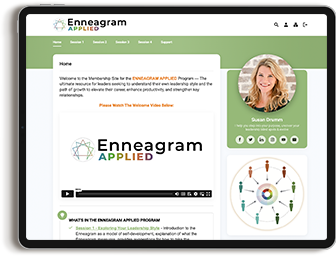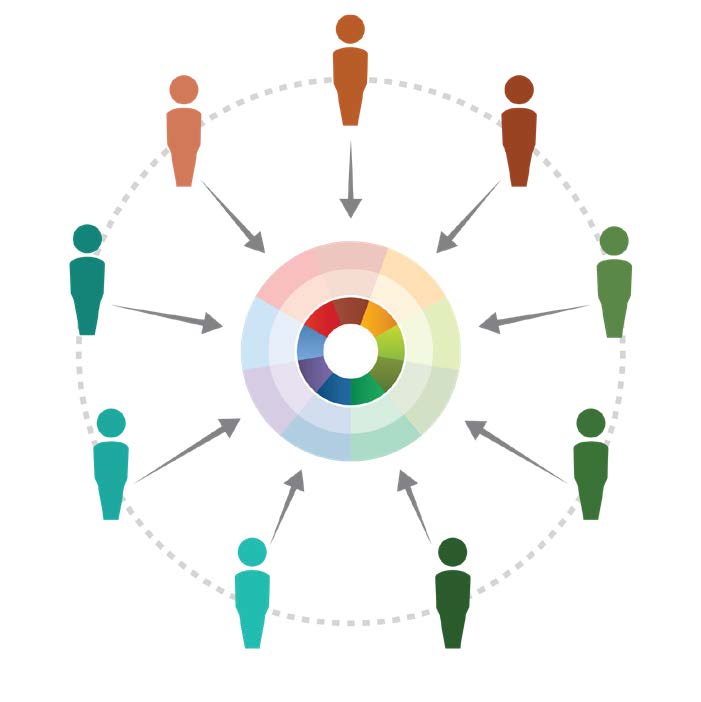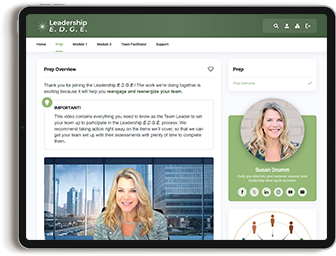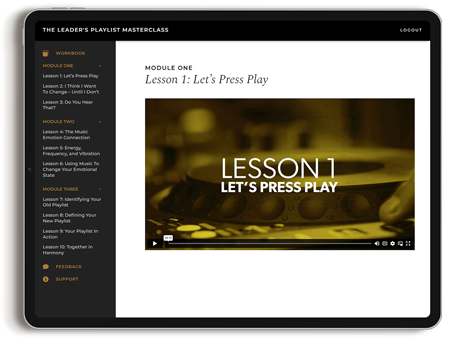The secret to Improving your performance under pressure (feat. Rollin McCraty)
If you’ve ever been told to “just relax!” during a high-stress situation, you know exactly how unhelpful that advice is.
Where we are right now — on the cusp of post-pandemic life — is the definition of a high-stress situation for many leaders, as we navigate the challenges of reopening offices safely.
And maybe you’re thinking: “I have to stop being stressed and start relaxing in order to make good decisions and model composure for my team.” (Which only adds to your stress!)
But what if I told you that your typical mindset around “relaxing” isn’t the best way to improve your performance and enhance being calm under pressure?
Our podcast guest, Dr. Rollin McCraty, Ph.D. is the Director of Research of the HeartMath Research Center at the HeartMath Institute. According to Rollin, what leaders should be practicing is not “relaxation” — it’s coherence.
What is coherence?
As the HeartMath Research Center defines it, coherence “is experienced as a calm, balanced, yet energized and responsive state that is conducive to everyday functioning and interaction.”
Or as Dr. McCraty put it in our interview, it’s the ability to “flow through a non-flowing situation.” In practice, achieving a state of coherence would feel like being calm, collected, and alert even during emotionally stressful events, such as a deadline fast approaching.
This is in contrast to how we often respond to stress — with frustration, irritation, and panic, which can deplete our energy and lead to low mood and brain fog later on. Long term, these reactions can harm our team’s performance and our competence as a leader.
How coherence is different from relaxation
Your heart rate is the key to understanding whether you are in a state of coherence, relaxation, or non-coherence.
In a non-coherent state, your heart rate variability (HRV) will be rapid and uneven. This is the default state many of us fall into when faced with a workplace challenge, but it’s not ideal. A fast, uneven HRV signals to the body (and the brain) that you’re not safe, which leads to decision-making from a place of reactivity and fear.
In a coherent state, your heart rate is a steady sine wave. But, crucially, this steadiness does not come with the slowdown that relaxation brings. You are calm and steady, but still very active and ready to respond at any moment. This is the optimal state for a leader to be in to make quick, sound decisions. In this state, your heart rhythms and your brain activity are in sync, and your autonomic nervous system and hormonal systems become balanced as well.
Getting into a coherent state promotes psychological safety for your team
When you are able to respond to situations with clear decision-making instead of emotionally charged reactions, you are less likely to say something you don’t mean or erupt in anger or frustration. And you are able to make better decisions as you are utilizing more of the highest-reasoning part of the brain.
This has huge implications for your team’s performance.
Even small outbursts from a leader can erode years of trust-building and lead to diminished psychological safety for your team. Psychological safety is the feeling among team members that they can share their opinions and ideas without fear of judgment.
Psychological safety promotes atmospheres of creativity and trust, making it the definitive indicator of team performance, as found in the Google study outlined in the Harvard Business Review
Dr. McCraty also talks about:
- How to practice coherence not only on a personal level but also on a team level
- How to measure your heart rate variability to know when you have reached a coherent state
- Why even slight emotional responses (such as feeling impatient throughout the day) can deplete our energy and make us worse leaders
Tune in to this week’s episode of The Enlightened Executive to get Dr. Rollin McCraty’s full breadth of wisdom on coherent states and leadership.




